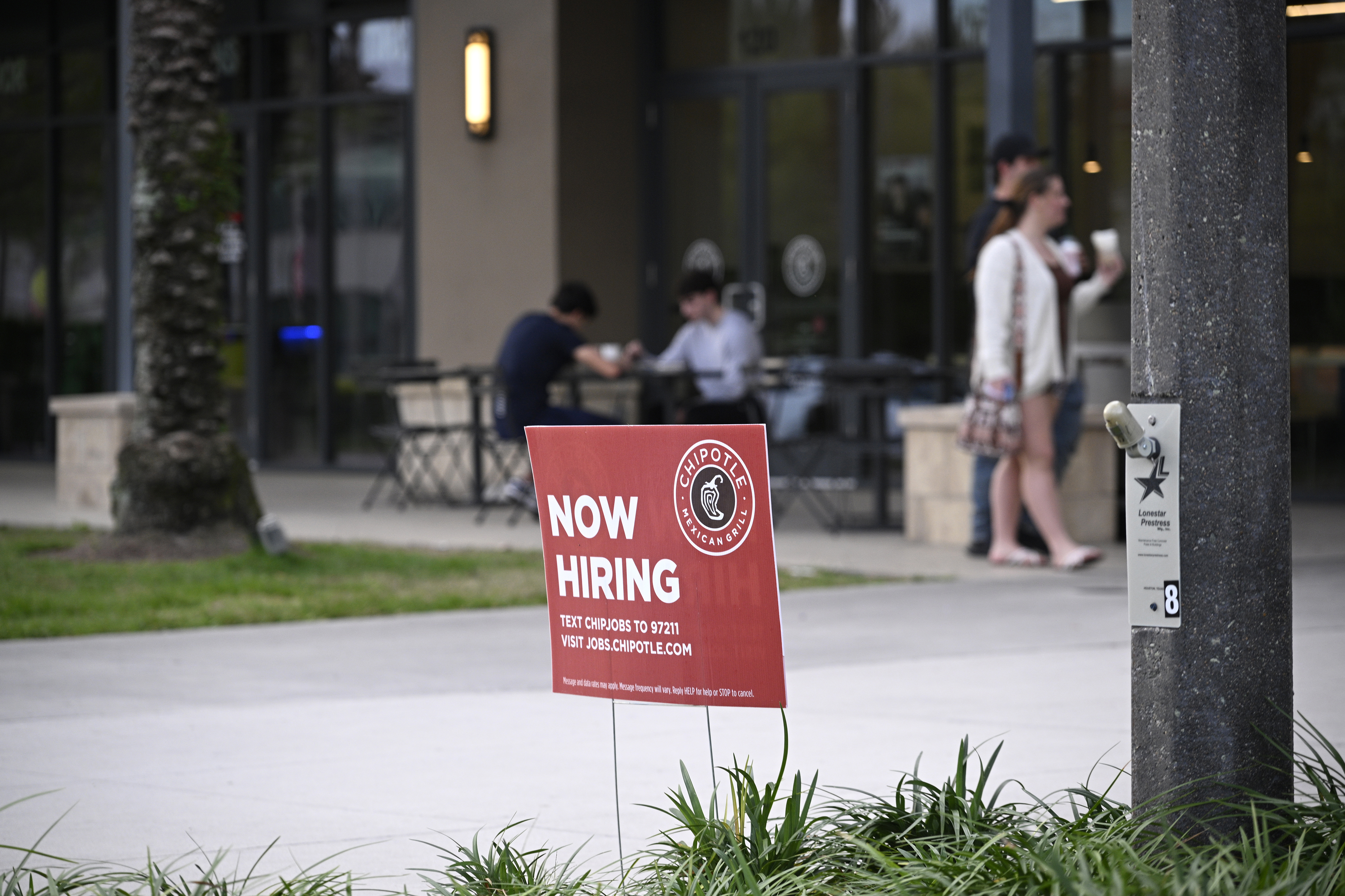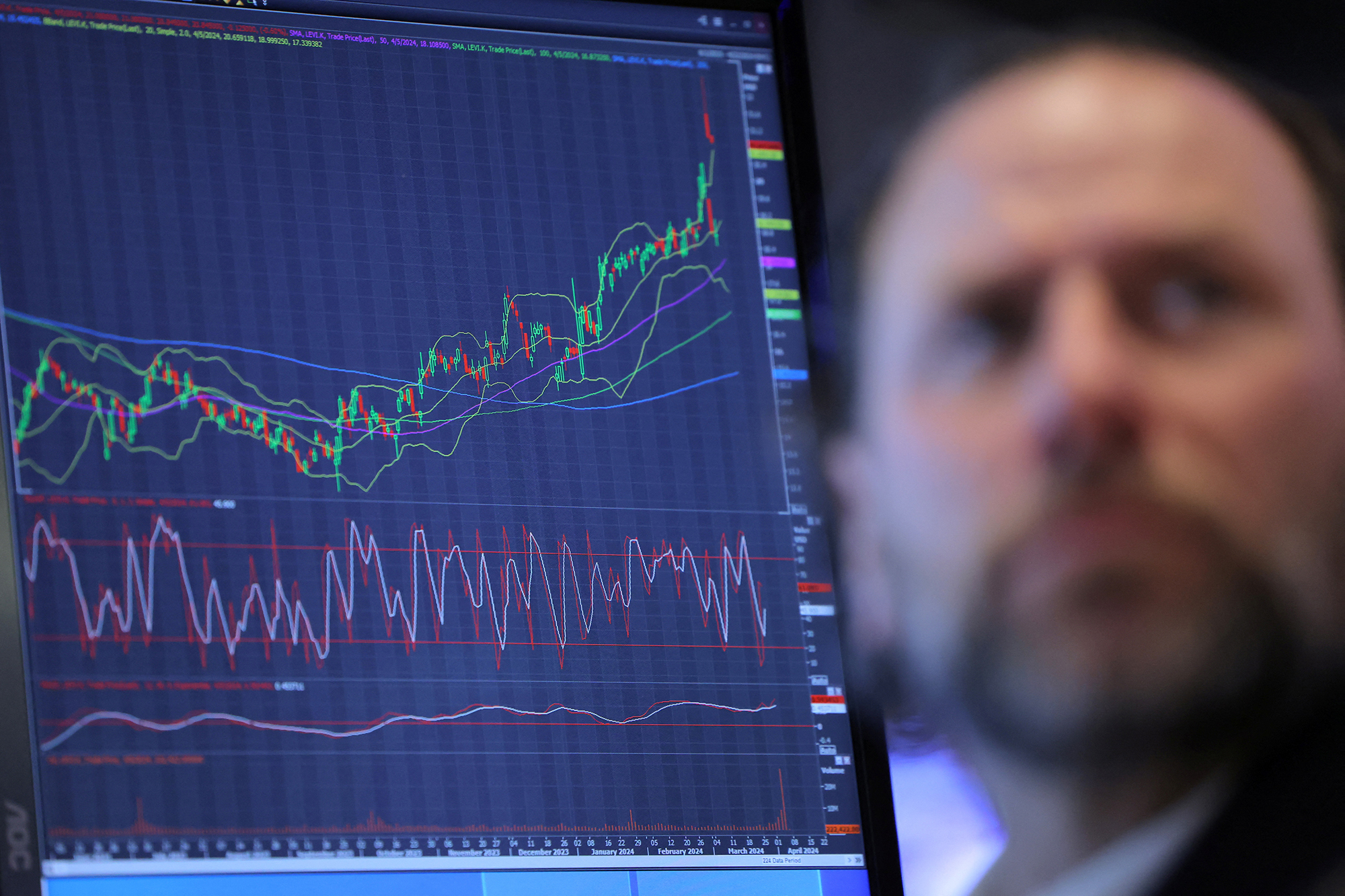Stocks rallied Friday after the latest jobs report came in piping hot.
The Dow rose 307 points, or 0.8%, after climbing more than 400 points at the day's highs. The S&P 500 gained 1.1% and the Nasdaq Composite added 1.2%. Still, all three major indexes ended the week lower, starting the second quarter of the year on a sour note.
While the latest jobs report supports the idea that the US economy is holding strong against interest rates at a 23-year high and could avoid a recession, it also puts into question when the Federal Reserve will begin its long-awaited rate cuts.
The US economy added 303,000 jobs last month, according to data released Friday by the Labor Department. That blew past expectations for 205,000 job gains, according to FactSet consensus estimates.
"This jobs report should indicate that there is no rush and no need for the Fed to save the labor market, especially if it will just reignite inflation down the road," said Mike Sanders, head of fixed income at Madison Investments.
As stocks settle after the trading day, levels might change slightly.


